12 Irresistible Reasons Ravioli Pasta Deserves a Place on Your Table
Focus keyword: Ravioli pasta
Introduction to Ravioli Pasta
Ravioli pasta is simple to describe and delightfully complex to experience. They are small pockets of pasta dough filled with savory or sweet ingredients and served in countless ways.
These little parcels deliver texture and flavor in one neat bite. That balance—tender pasta and concentrated filling—is why Ravioli pasta remains a firm favorite at home and in restaurants.
The History of Ravioli Pasta
Ravioli pasta has deep roots across Italy. References to filled pastas appear as early as the 14th Century, with regional recipes passed down through generations.
Different regions adapted Ravioli pasta to local produce. In coastal zones, they appear in broths; inland, they pair with rich cheeses and roasted meats. For a helpful overview of pasta traditions and regional styles, see Eataly’s pasta guide.
What Makes it Unique
Ravioli pasta is a vessel for flavor. Rather than relying on sauce alone, each Ravioli contains a concentrated taste experience.
That makes Ravioli pasta versatile. It can be humble or luxurious, inexpensive or extravagant, rustic or refined, depending on the filling and accompaniments.
The Traditional Craft of Making Ravioli Pasta
Making it by hand is therapeutic. Fresh egg dough is rolled thin, and fillings are portioned precisely to ensure a uniform cook.
Sealing is crucial. Air pockets cause bursts; tight seams preserve the filling and create a clean presentation. Tools vary: some use simple forks to crimp edges, others favor a Ravioli stamp or cutting wheel.
Nutritional Value
The nutritional profile depends on the filling. Cheese-filled ravioli are higher in fat and protein. Vegetable or legume fillings boost fiber and lower calories.
Also visithttp://pastaloverz.com/pasta-tetrazzini-reasons

Whole-wheat or alternative-flour doughs increase fiber and micronutrients. For balanced meals, pair it with vegetables and a modest sauce rather than heavy cream.
Classic Fillings
Traditional fillings reflect local ingredients. Here are several classic choices that define Ravioli pasta across Italy.
Ricotta and Spinach
This is perhaps the most familiar Ravioli filling. Creamy ricotta balances the slight bitterness of spinach. Finished with butter and sage or a light tomato sauce, it’s a weekend staple in many households.
Meat and Sausage
Hearty fillings of beef, pork, or game are common in northern Italy. Slow-cooked meats, mixed with aromatic herbs, give it a substantial and comforting character.
Mushroom and Truffle
Mushrooms offer earthiness. When paired with truffle or truffle oil, it becomes an elegant, umami-rich dish fit for special occasions.
Pumpkin and Squash
In autumn, pumpkin-filled Ravioli are classic in regions like Emilia-Romagna. They pair beautifully with brown butter, sage, and toasted nuts.
Seafood
Coastal kitchens often feature seafood Ravioli, crafted with ingredients like crab, lobster, or shrimp to create light, ocean-forward flavors that pair well with simple olive oil or citrus sauces.
Regional Variations
Italian regions have unique takes on filled pastas. Some use different doughs, shapes, or sealing techniques—each variation reflects place and history.
For instance, Culurgiones from Sardinia are a type of stuffed pasta with a distinctive braided seal. In Piedmont, agnolotti are small, folded parcels often filled with roasted meats.
In Modern Cuisine
Contemporary chefs treat Ravioli pasta as a canvas. You’ll find lobster Ravioli with saffron cream, vegan Ravioli made with cashew cheeses, and even dessert Ravioli filled with mascarpone and chocolate.
Restaurants use techniques like sous vide fillings or flash searing to add texture, while home cooks reinvent leftovers as fillings—roast chicken, mashed sweet potato, or seasoned lentils.
Pairing with Sauces
Pairing is about balance. The right sauce complements the filling without stealing the show. Here’s a quick guide:
- Butter and sage: excellent with ricotta, pumpkin, or mushroom Ravioli pasta.
- Light tomato sauces: work with meat or hearty vegetable fillings.
- Cream sauces: pair with truffle, lobster, or rich cheese fillings—use sparingly.
- Citrus and olive oil: brighten seafood without overwhelming delicate flavors.
Tips for perfect cooking
It cooks fast and needs gentle handling. Follow these tips to keep them intact and flavorful.
- Bring a large pot of salted water to a gentle boil.
- Cook fresh 3–5 minutes; frozen, 8–10 minutes—check one to be sure.
- A rolling boil can break delicate seams; maintain a steady simmer when adding Ravioli pasta.
- Reserve a cup of pasta water. The starch helps thicken and bind sauces to Ravioli pasta without adding fat.
- Toss it with the sauce off the heat to avoid overcooking.
- Serve immediately; it’s at its best fresh from the pot.

Serving Ideas and Presentation
It can be rustic or plated with precision. Presentation matters less than balance, but a few details lift the dish:
- Garnish with fresh herbs and a drizzle of high-quality olive oil.
- Finish with grated Parmesan or shards of aged pecorino for texture.
- Use toasted nuts—pine nuts or hazelnuts—to add crunch to soft fillings.
- For a refined touch, place three to five Ravioli pasta on a warmed plate and finish with microgreens or a scatter of citrus zest.
It also works well in broths; a clear chicken or vegetable broth turns each parcel into a comforting starter.
Conclusion:
It endures because it’s adaptable, personal, and flavorful. It captures regional traditions while inviting innovation.
Whether you make it from scratch or buy high-quality fresh or frozen versions, the result is the same: concentrated flavor in each bite. Keep your pantry stocked and try different fillings to see why chefs and home cooks keep returning to this timeless stuffed pasta.
For more on pasta and Italian culinary traditions, explore Smithsonian Magazine and Eataly (do-follow links).
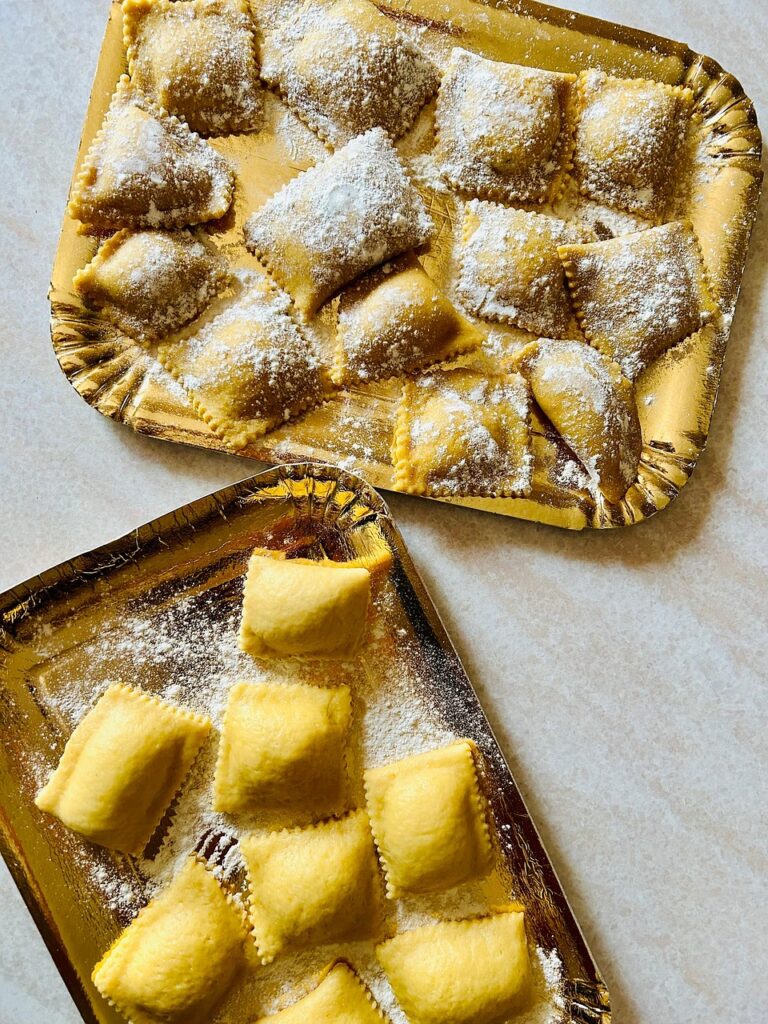
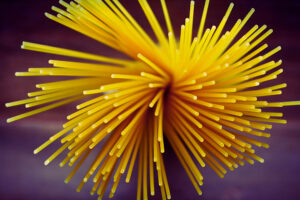
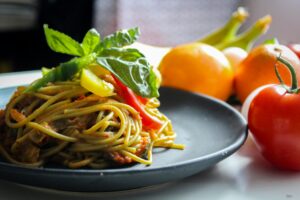
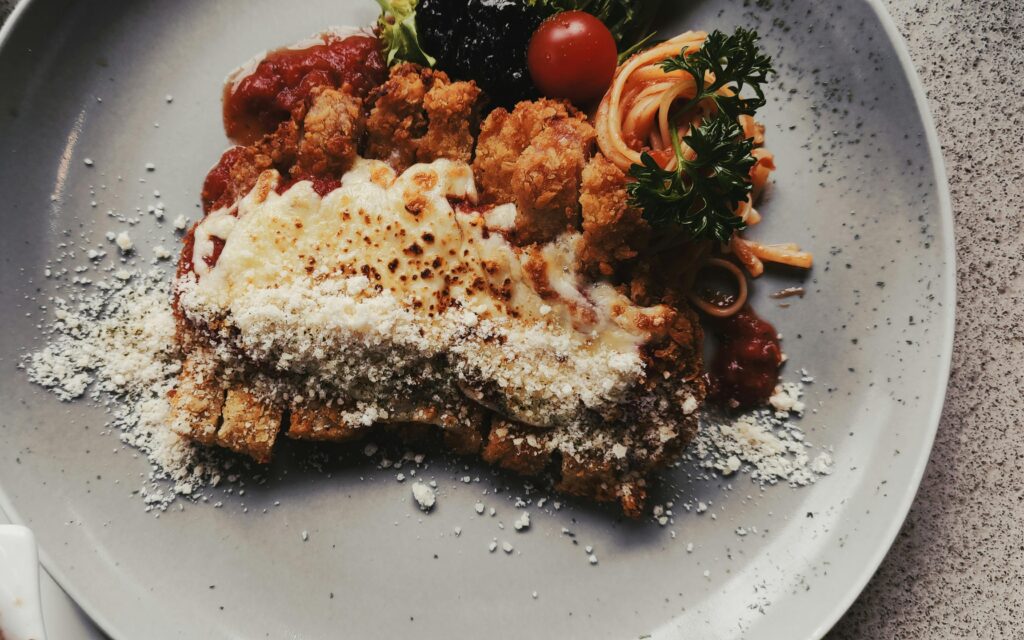
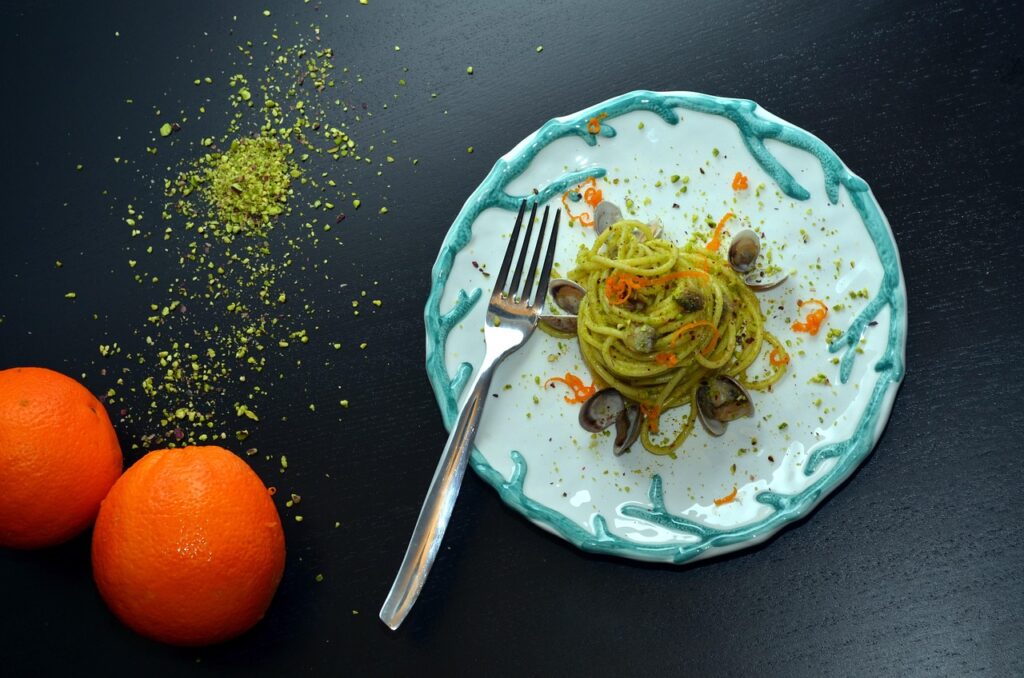
Pingback: 7 Powerful Reasons Bucatini Pasta Steals the Spotlight
Pingback: Amazing Reasons Linguine Pasta Deserves a Spot on Your Table
Pingback: 10 Irresistible Reasons Malloreddus Pasta Deserves a Place on Your Table
Pingback: Cappelletti Pasta: 7 Comforting Reasons This Italian Classic Belongs on Your Table
Pingback: 8 Amazing Facts About Vermicelli That Will Change How You Cook It
Pingback: Pappardelle: Delicious Power Guide — 7 Essential Ways to Master This Pasta
Pingback: Fettuccine Mastery: 10 Stunning Ways to Elevate Every Dish